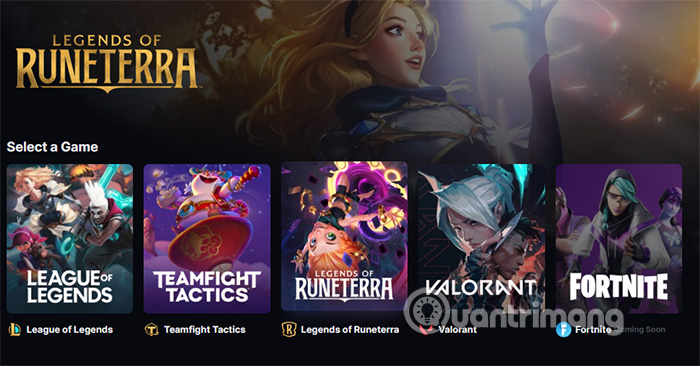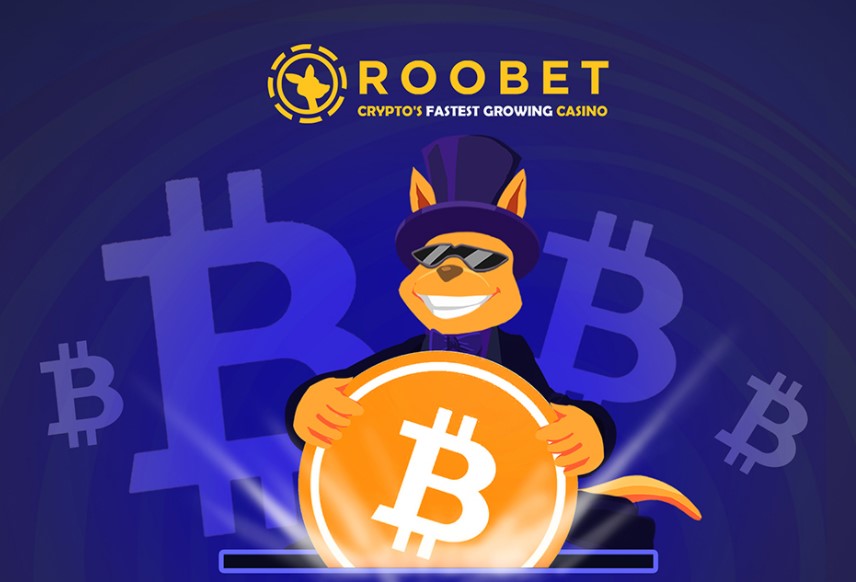Six Stages of Slot Development
With the latest technological advancements in virtual reality, VR games can soon become indistinguishable from real life according to experts. It is almost like we are inching closer to the matrix every day.
With such leaps and bounds of progress made in the gaming sphere, one may think of slot machine games as almost rudimentary and on the way to becoming obsolete. This notion cannot be further from the truth. Slot machines are as popular as ever and millions of people across all age groups (18 and up) indulge in slot games at online casinos on a regular basis. Since slot games were first developed in the early 19th century, they have been extremely popular and still remain so. The simplicity, ease of playing and the non – existent learning curve are some of the most appealing characteristics of slot games.
Another common misconception that people have is that developing slot machine games must be a cake walk. To the untrained eye, when slot games are contrasted against high-end video games, it certainly seems like it must be easy to develop slot games because they appear much simpler and straightforward. However, developing a slot machine comes with its own set of challenges. In fact, there are over 2500 real money slots currently according to Headline Casinos which makes developing successful slot games extremely hard.

Stage 1 – Idea Conceptualization
In an industry which is saturated with thousands of slots that cover all imaginable themes, reel-layouts, special features, bonus rounds, sound tracks and more, coming up with a novel idea for a slot machine that players will be attracted to is no easy feat. Almost any idea you can think of, there is already one or multiple published slot games that seem to have explored along the same lines.
Slot development studios and teams want to release slots which offer at least one unique feature or characteristic. Players look for authenticity in a slot game. You don't want to develop yet another ancient Egypt themed slot game (of which there are innumerable) unless you are really bringing something new to the table.
Most game development teams have brainstorming sessions where each individual comes up with character ideas, storylines, themes, etc. until an idea materializes which is truly ground breaking. This idea is then pursued to the next stage of development. Aside from brainstorming, teams may also use techniques such as surveys, user interviews, focus groups, etc. to come up with new ideas for games.
Stage 2 – Wireframing or Prototyping
In the idea conceptualization stage, the idea has been discussed verbally and mostly exists only within the imaginations of the team members. In the wireframing and prototype stage, it is time to put pen to paper and actually create some mock ups that provide a solid foundation on which to build on. When making prototypes, the developers and designers must also factor in game playability, game mechanics, game rules, etc.
Stage 3 – Minimum Viable Product (MVP)
In this stage of development, once the prototypes are finalized, the team will start bringing these wireframes to life. However, only the core aspects of the game which make up the backbone of the game are developed and all other bells and whistles are left undeveloped at this stage. This is called a minimum viable product.
The minimum viable product is like the first development version of the game. At this stage, depending on the development process and life cycle the studio adopts, the MVP may or may not be released as a beta version just to get some feedback from players. This gives management a good idea of whether or not the game will be successful and if they should further invest time and money to develop the MVP into a full-fledged game.
Stage 4 - Development
It is time to get down to brass tacks. The MVP has gotten good feedback and response and the company decides to go ahead and build on it. Since only the most fundamental elements of the game were developed, it is not time to develop all screens, features, add the random number generator, do some unit testing at each stage and proceed to package and deploy the code into a testing environment.
Stage 5 – Testing
The game is now developed, but there are going to be some kinks that need to be ironed out before it can be released. Game testers will put the game through its paces and test all game features, special rounds, symbols, ensure the game results are in accordance with published RTP numbers, test it on various devices, etc. Any bugs or shortcomings will be reported, fixed by the developers and tested again. Once satisfied, the quality control team will sign off on the game as fully tested.
Stage 6 – Launch
The marketing team does their bit in anticipation of the launch. The game is then introduced at partner online casinos and featured in the newly released sections. The studio now monitors its performance and already starts planning improvisations that can be made in the next release/version.
You should read it
- Online casinos that change the world
- Which Technologies Are Used in the Functioning of Online Casinos
- Why should you play at online casinos?
- Cheating at Online Casinos: Is It Really Possible?
- MGA Licensed Online Casinos That You'll Love
- Why do people want to choose casinos that offer low deposit requirements, and which are some of the potential problems?
- How to play casinos for free: no deposit bonus
- Top 5 tips for newcomers to mobile online casinos
- How To Find One You Can Trust Among New Casinos?
- Responsible Gambling Tips Every Casino Player Should Know
- How Popular Are Casinos Not On GamStop?
- How to pick the right online casino for you
May be interested

Run Your Business Like A Casino In 2021

Blitz GG - Download Blitz GG here

Roobet Is Officially The Real MVP, With The Release Of Roo Sports

From Tabletop Gaming to Art: How Classic Forms of Entertainment Have Been Transformed By Mobile

Here Is How You Can Win More Playing Roulette

The Future Of Gambling: What Does The Future Hold?






 How to Learn Slot Game Development in 6 Months
How to Learn Slot Game Development in 6 Months The top slot games of 2023
The top slot games of 2023 How to improve your slot gaming
How to improve your slot gaming Must Know Here Are The Advantages Of Trusted Online Slot Sites
Must Know Here Are The Advantages Of Trusted Online Slot Sites The ins and outs of slot gaming you need to know
The ins and outs of slot gaming you need to know The Mathematics of Winning: Algorithms Behind Online Slot Games
The Mathematics of Winning: Algorithms Behind Online Slot Games